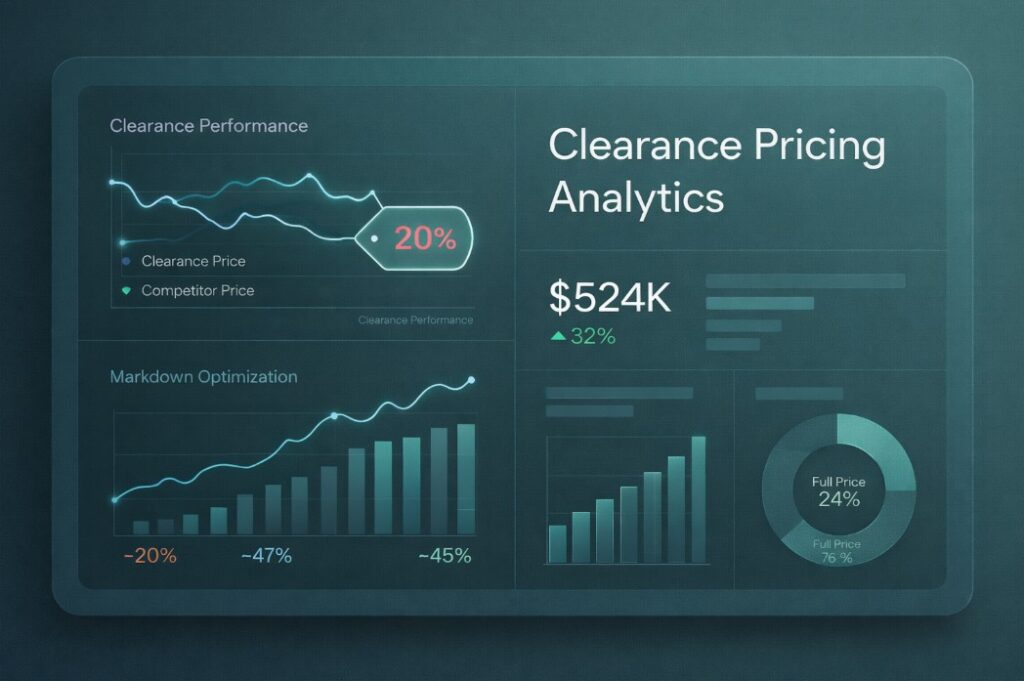- Product
- Solution for
For Your Industry
- Plans & Pricing
- Company
- Resources
For Your Industry
In today’s fiercely competitive marketplace, businesses are constantly seeking innovative strategies to attract customers, maximize profits, and remain relevant. Traditional pricing models, where a single price tag is attached to a product or service, are increasingly limited. Enter differential pricing, a powerful tool that allows companies to tailor their pricing based on various factors. This comprehensive guide delves into the world of differential pricing, exploring its intricacies, benefits, and practical implementation strategies.

Differential pricing, also known as segmented pricing or price differentiation, is a pricing strategy where companies charge different prices for the same product or service to different customer segments. This approach recognizes that not all customers are created equal and allows businesses to capture the maximum value from each segment. The price variations can be based on a multitude of factors, including:
Differential pricing offers a plethora of advantages for businesses of all sizes and industries. Let’s explore some key benefits:
Expanded Market Reach: By offering different price points, businesses can attract a wider customer base. For instance, student discounts can entice budget-conscious individuals, while premium pricing for enhanced features can cater to high-value customers. This broader reach translates to increased sales and brand awareness.
Boosted Sales and Revenue Growth: Differential pricing allows businesses to capture the maximum value from each customer segment. Price-sensitive customers can be attracted with discounts and promotions, while others willing to pay a premium for additional features or convenience can be offered higher-priced products. This strategy optimizes revenue generation and profitability.
Improved Inventory Management: Differential pricing can be a powerful tool for managing inventory levels. Businesses can offer discounts to clear out slow-moving stock, prevent product obsolescence, and free up valuable storage space for new offerings.
Enhanced Customer Insights: By observing customer responses to varying price points, businesses gain valuable insights into consumer behavior and price sensitivity. This information can be used to refine future pricing strategies, product development, and marketing campaigns.
Greater Flexibility and Market Adaptability: Differential pricing allows businesses to quickly adjust to changing market conditions. During periods of high demand, prices can be strategically increased to maximize profits. Conversely, when competition intensifies, targeted discounts and promotions can be implemented to maintain market share.
Implementing a successful differential pricing strategy requires careful planning and execution. Here’s a roadmap to guide you through the process:
The first step is to identify distinct customer groups with unique needs and preferences. Conduct market research, analyze customer data, and develop buyer personas to understand these segments.
Clearly articulate your desired outcomes with differential pricing. Are you aiming to expand market reach, maximize revenue per customer, or manage inventory levels? Determining your objectives will guide your pricing decisions.
Based on your market segmentation and objectives, select the factors that will influence your differential pricing structure. Common factors include customer demographics, product variations, location, and time (seasonal pricing).
Understanding how different customer segments react to price changes is crucial. Analyze price elasticity for each segment to determine how much you can adjust prices without compromising sales volume.
With your objectives and price elasticity analysis in mind, determine the price points for each segment. Ensure the price variations are strategically aligned with your goals and avoid undercutting your brand image with excessively low prices.
When offering different prices, it’s essential to prevent customers from exploiting the system by buying at lower prices and reselling at higher ones. Implement strategies like product differentiation, loyalty programs, or geographic restrictions to maintain price segmentation.
Clearly communicate your pricing structure to customers. This can be done through pricing tables, product descriptions, or FAQs on your website. Transparency builds trust and fosters long-term customer relationships.
Regularly evaluate the effectiveness of your differential pricing strategy. Monitor sales data, customer feedback, and competitor activity. Be prepared to make adjustments to your pricing based on market dynamics and customer behavior.
Here are some real-world examples that showcase the effectiveness of differential pricing:
Retail:
Travel and Hospitality:
Entertainment and Media:
Software and Technology:
Services:
These are just a few examples, and the possibilities for differential pricing are vast. By understanding the core principles and implementing them strategically, businesses can unlock a powerful tool for achieving their marketing and financial goals.
While differential pricing offers a plethora of benefits, there are also potential challenges to consider:
Differential pricing is not a static strategy. In today’s digital age, it often goes hand-in-hand with dynamic pricing, where prices fluctuate in real-time based on factors like demand and competitor activity. This allows businesses to maximize their profit potential even further. As technology advances and consumer behavior evolves, differential pricing will continue to play a critical role in the success of businesses across industries. By understanding its principles, benefits, and challenges, businesses can leverage this powerful approach to reach new customers, boost revenue, and achieve long-term competitive advantage.
Utilize customer data insights to personalize pricing offers and tailor them to individual customer needs and preferences.
Test different pricing strategies with smaller customer segments to determine the most effective approach before large-scale implementation.
Price should reflect the perceived value your product or service delivers to customers.
Ensure your pricing strategy aligns with your brand image and messaging.













Missing an important marketplace?
Send us your request to add it!